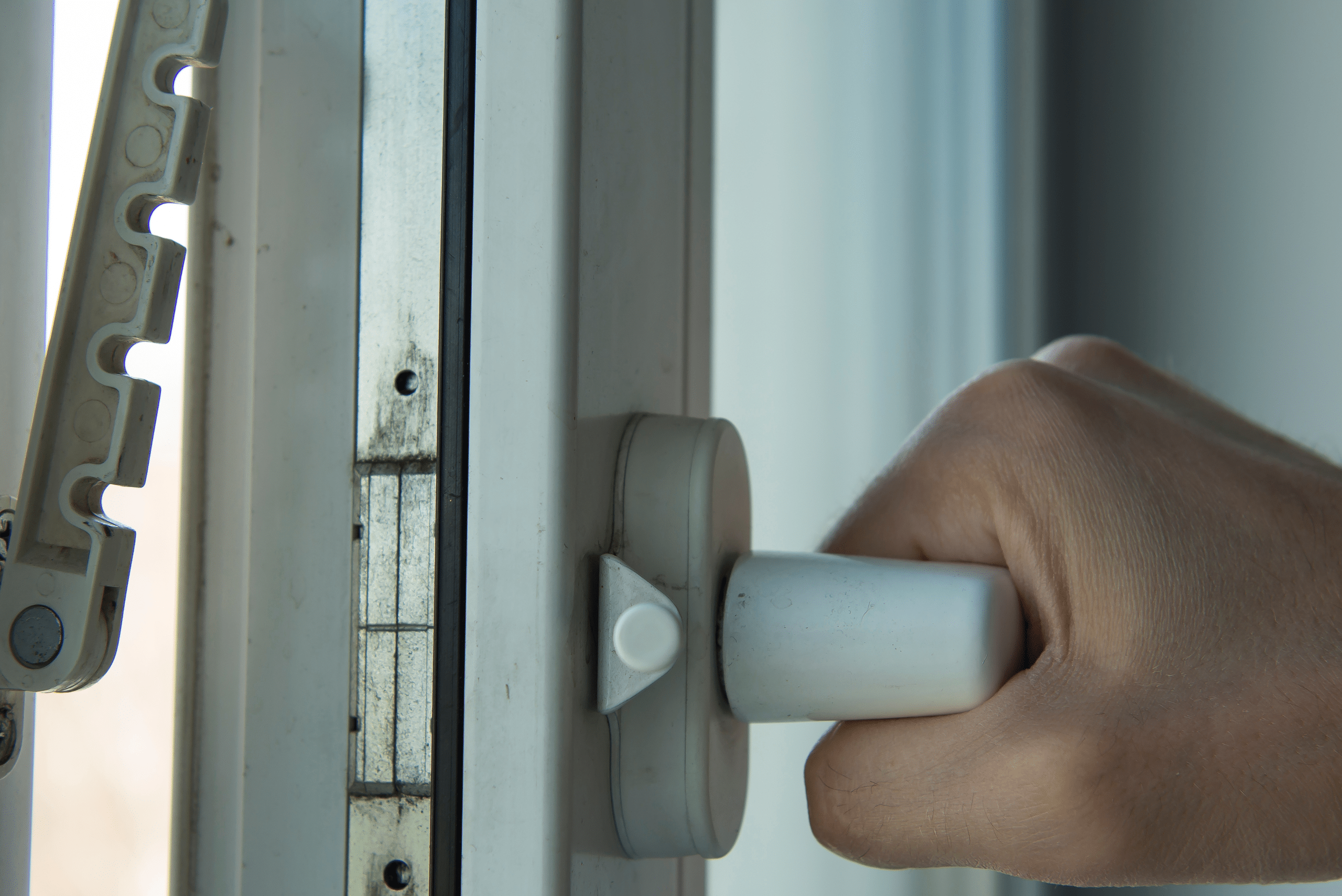Why Some Experts Say You Shouldn’t Keep All Your Windows Closed This Winter
When winter rolls in, the instinct to seal every window and keep the cold out is strong. However, some experts argue that this airtight approach can have unintended consequences for your home’s air quality and your well-being. Here’s why you might want to reconsider.
The Importance of Indoor Air Circulation
Modern homes are built to be energy-efficient, which often means they are tightly sealed to prevent heat loss. While this is excellent for conserving energy, it can trap indoor air, leading to poor ventilation. Over time, this can allow pollutants like carbon dioxide, volatile organic compounds (VOCs), and dust to accumulate.
By slightly opening a window, you allow fresh air to circulate, diluting indoor contaminants. Even in winter, controlled ventilation can significantly improve indoor air quality and prevent the feeling of stuffy, stale air.

Managing Moisture and Preventing Mold
Sealing your home entirely during the winter can also trap moisture. Everyday activities like cooking, showering, and even breathing contribute to indoor humidity. If this moisture has nowhere to escape, it can condense on cold surfaces like windows and walls, creating the perfect environment for mold and mildew.
Opening a window even slightly can help regulate humidity levels by allowing excess moisture to escape. This simple action can prevent structural damage to your home and health issues caused by mold growth.

Combating Wintertime Allergies
Poor ventilation can exacerbate wintertime allergies. Dust mites, pet dander, and other allergens thrive in enclosed spaces with stagnant air. When windows remain shut for months, these irritants build up and can lead to sneezing, congestion, or worse for those with respiratory conditions.
A slight opening in your windows allows these allergens to disperse while inviting cleaner, fresher air inside. Pairing this with regular cleaning and an air purifier can make your indoor environment much healthier.

Energy Efficiency vs. Air Quality
Some worry that opening windows in winter is wasteful and counterproductive to maintaining warmth. While it’s true that wide-open windows can lead to heat loss, small, strategic openings—for short periods or in specific rooms—have minimal impact on overall energy use.
To balance energy efficiency with air quality, consider cracking a window in rooms where moisture or stale air tends to accumulate, such as kitchens or bathrooms. This targeted approach ensures better ventilation without sacrificing comfort.

Simple Tips for Safe Ventilation
If you decide to keep a window open during winter, follow these guidelines to maximize benefits:
- Open Windows Strategically: Choose windows away from heavy wind exposure and high-traffic areas to minimize heat loss and drafts.
- Monitor Indoor Humidity: Use a hygrometer to maintain ideal humidity levels between 30% and 50%.
- Ventilate in Short Intervals: Open windows for 10-15 minutes at a time to refresh the air without drastically cooling your home.

Related Articles
- This DIY Hack Will Keep Your Windows Condensation-Free
- How to Seal Drafty Windows and Doors Before the Chill Sets In
- How to Fix Faded or Cracked Caulk Around Windows and Doors
While it’s tempting to seal your home tightly during winter, doing so may not be in your best interest. Allowing some airflow through slightly open windows can improve indoor air quality, manage humidity, and reduce allergens. With strategic ventilation and mindful practices, you can strike the perfect balance between comfort, efficiency, and health this winter.









